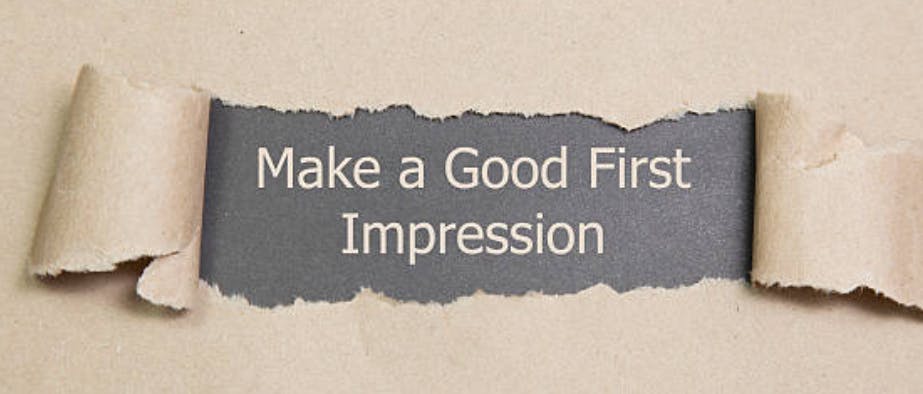Cracking Placements: The Journey through Processes and Components
Step-by-step guide for cracking placements.
If we are talking about the placements, then let me clear first that It is challenging to navigate the maze of placements. As I travel this road, I've realised that it all comes down to two big components: the coding round and the interviews. Let me break it down for you, step by step:
Step 1: The Resume - Your First Impression,

Your journey begins with crafting a resume that stands out in a sea of candidates. Some companies sift through applications based on your profile, CGPA, and college. To ensure your resume doesn't get lost in the shuffle, here are a few steps you can take:
Tailor your resume to highlight relevant skills and experiences.
Showcase your achievements, internships, and projects.
Craft a compelling objective statement to capture attention.
Keep it clean, concise, and error-free.
If you feel overwhelmed by these so many things, then don't worry, most probably in the next blog we'll talk about this at the very basic smallest point possible.
Step 2: The Coding Round - Mastering DSA
The coding round isn't limited to just coding challenges. It might include MCQs and aptitude-based questions too. However, the heart of this round lies in your problem-solving ability and logical thinking. The key to conquering this segment is mastering Data Structures and Algorithms (DSA):
Understand common DSA patterns and problem-solving techniques.
Practice coding regularly to improve your speed and accuracy.
Tackle a variety of problems to expand your repertoire.
Study algorithms thoroughly to ace this round.
Step 3: The Technical Interview - Showcasing Skills
Congratulations🥳, you've made it to the interview stage! This round often consists of multiple components:
Technical Round: This is where your skills take centre stage. Your communication, problem-solving, and coding abilities are put to the test.
Articulate your thoughts clearly and logically.
Walk through your problem-solving process aloud.
Write clean, efficient, and well-documented code.
Project Discussion: Your pet projects from the past four years become your talking points. Be prepared to delve deep into:
Your project's technology stack.
Challenges faced and solutions devised.
Your contributions and role in the project.
How you've showcased creativity and innovation.
CS Fundamentals: This quick segment covers Computer Science basics. You might be quizzed on Operating Systems, Databases, Computer Networks, and Object-Oriented Programming.
Step 4: The Road Ahead
We've skimmed the surface, but the journey ahead is filled with complex details waiting to be uncovered. In the coming blogs, we'll delve into each of these components, dissecting them further to lay a solid foundation for your success:
Mastering DSA for coding excellence.
Navigating technical interviews with finesse.
Crafting an impressive resume that speaks for you.
Showcasing your projects effectively.
Brushing up on crucial CS fundamentals.
As we embark on this adventure together, remember – it's not just about acing the process; it's about growing, learning, and evolving. So, buckle up, dear reader. We're about to dive deep into the realms of placements, armed with knowledge and determination. Here's to conquering the challenges that lie ahead!
Stay in the Know: Subscribe to Our Newsletter!
Want more insider tips and guidance on acing job placements? Subscribe to our newsletter and receive valuable updates straight to your inbox. Stay ahead of the game – join now from below! {you can unsubscribe at any time.}
